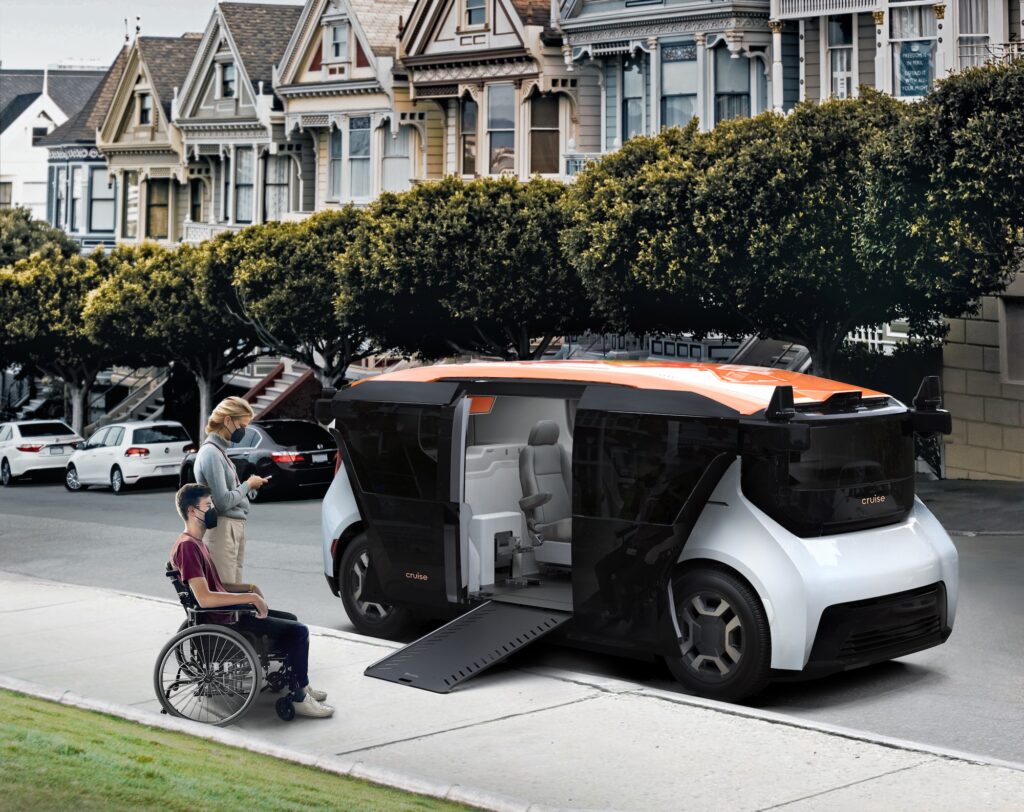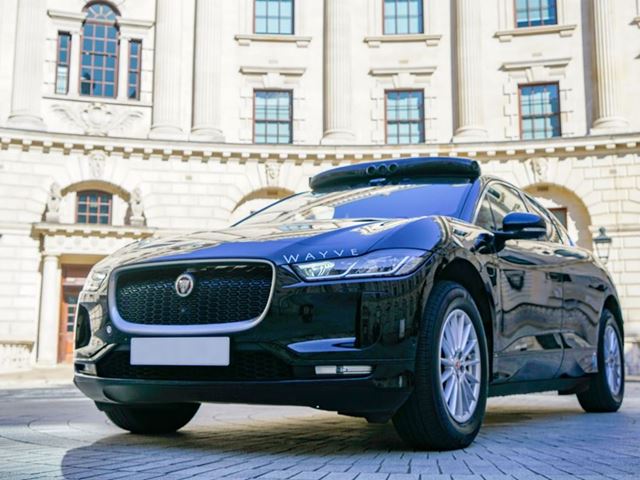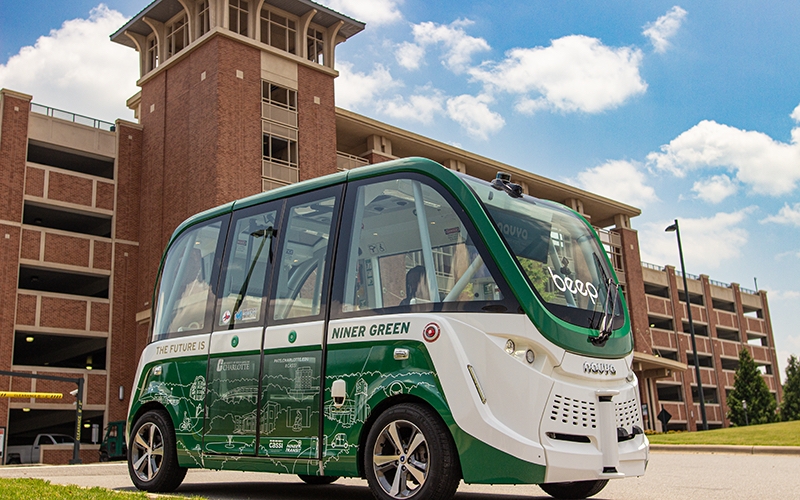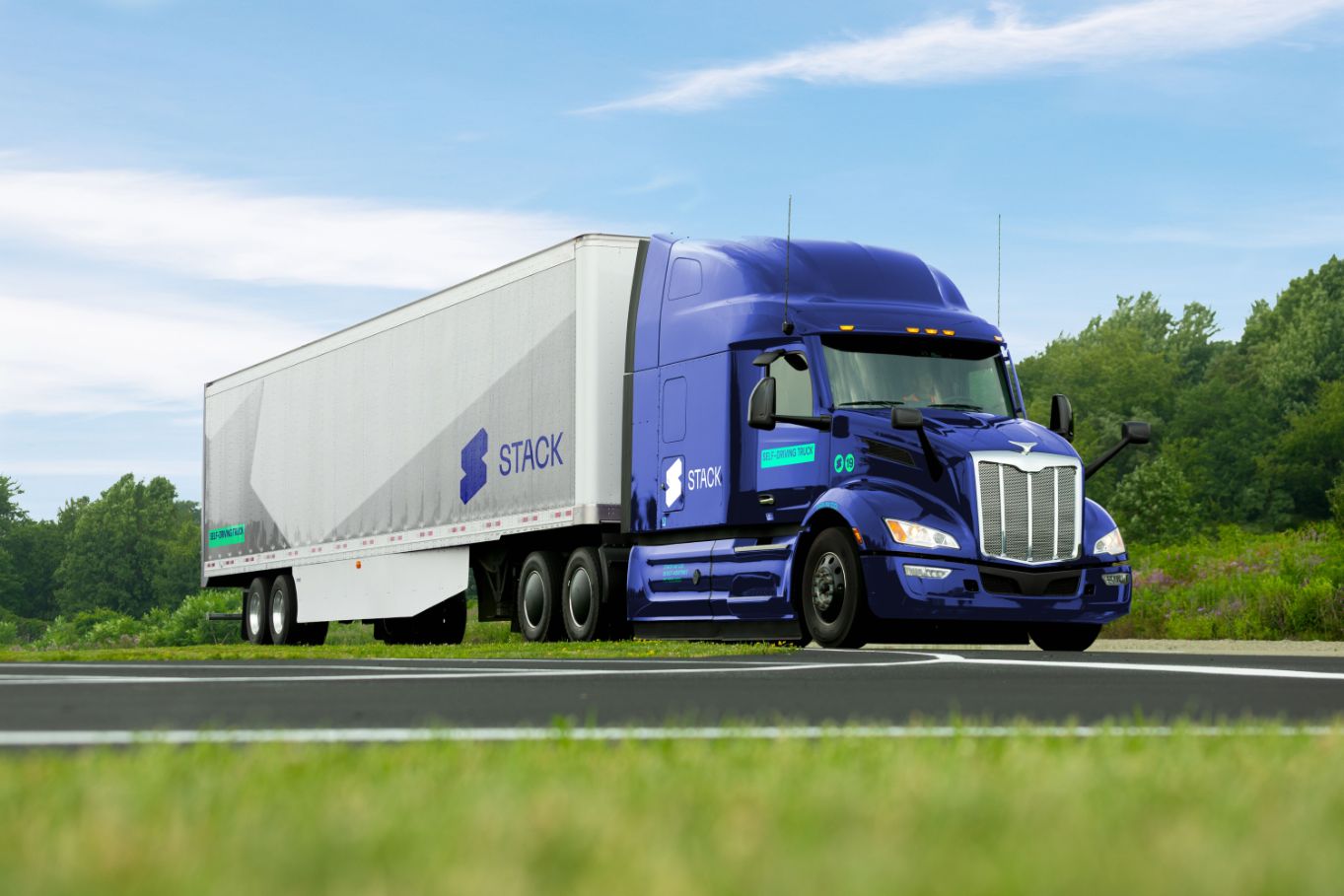General Motors’ self-driving unit, Cruise, revealed its latest innovation on Thursday – a wheelchair-accessible self-driving vehicle named Cruise WAV. This development underscores Cruise’s commitment to making autonomous mobility accessible to people with disabilities, all while awaiting a pivotal regulatory approval to deploy vehicles without human controls.
The Cruise WAV is built upon the foundation of the Origin driverless vehicle, a revolutionary concept devoid of a steering wheel and pedals, allowing passengers to face each other during their journey.
Last year, Cruise filed a petition with the National Highway Traffic Safety Administration (NHTSA) seeking authorization to deploy up to 2,500 Origin vehicles annually. The automotive world now awaits NHTSA’s impending decision on this matter.
Cruise is optimistic about the future and anticipates launching the Cruise WAV as part of a pilot program catering to a select group of users next year, pending regulatory green lights. In preparation, closed-course testing of the vehicle is scheduled to commence next month.
The accessibility aspect of this development addresses a critical issue within the ride-hailing industry. Often criticized for a lack of wheelchair-accessible options, ride-hailing and robotaxi operators are now taking strides to rectify this shortcoming, which has resulted in extended wait times and inconvenience for disabled individuals.
This unveiling by Cruise arrives at a significant moment, coinciding with recent approvals granted to both Cruise and its competitor, Alphabet’s Waymo, to operate their robotaxis around the clock in San Francisco. This decision to charge passengers for their services, despite opposition from residents and city agencies concerned about safety and disruptions to first responders’ operations, marks a pivotal moment in the future of autonomous transportation.







